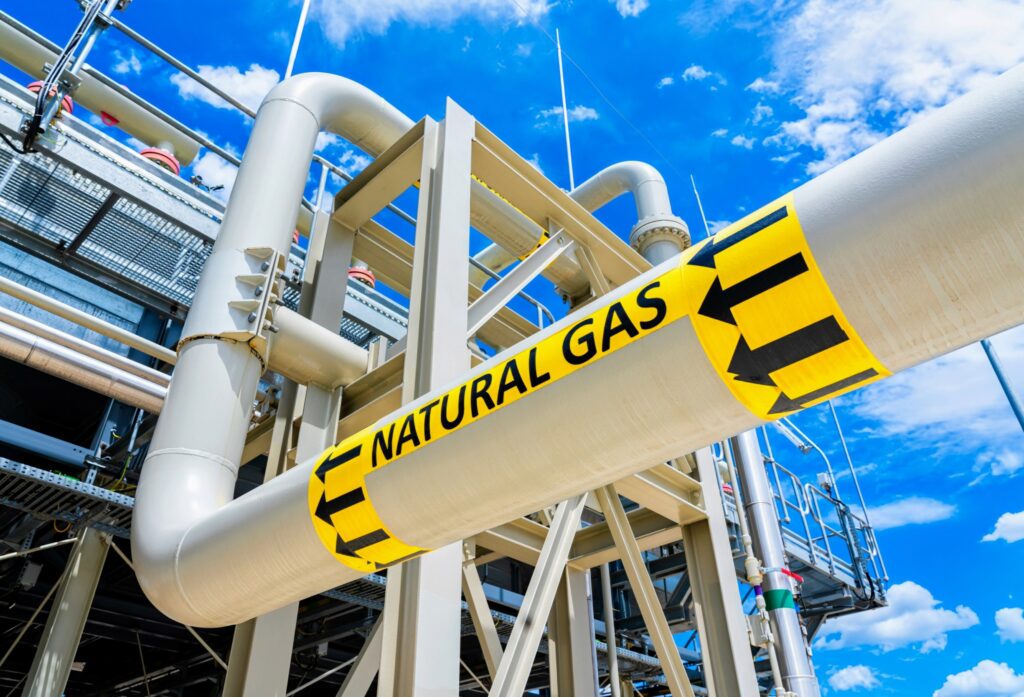
Argentina is becoming a budding natural gas leader due to its geological advantages, expanding infrastructure, and a strategic pivot towards more sustainable energy options. Natural gas is influencing the transition by fortifying the grid with advanced shale extraction technology. Ongoing investment in infrastructure and sustainable environmental practices helps establish the nation as a leader in the transition to clean energy. Argentina’s energy composition depends on natural gas for more than 55% of its electricity production, decreasing the dependence on more polluting fuels. It also serves to connect Argentina’s shift from high-emission energy sources to renewable ones. Natural gas generates fewer emissions than coal or diesel. Moreover, it enhances grid stability by supplying consistent baseload energy as wind and solar increase. Argentina is putting money into liquefaction facilities to ship LNG to Europe and Asia. Pole top pins are essential hardware elements utilized in electrical power distribution networks.
A pole top pin secures and insulates power lines on utility poles. They ensure a reliable electricity supply to key gas production and transportation facilities. They support drilling rigs, compressor stations, and pipeline monitoring systems. Pole top pins anchor crossarms and insulators, which keep power lines stable even in harsh weather. This is crucial to preventing outages that could disrupt gas production. These components also ease the installation of new power lines to supply energy to drilling sites and processing plants. Pole top pins are made from materials such as hot-dip galvanized steel, fiberglass, or composite polymers. They may be threaded or bolted and often paired with insulators to separate high-voltage lines from pole structure.
Expanding natural gas production in Argentina using pole-top pins
High-quality pole top pins maintain electrical reliability for Argentina’s growing natural gas sector. They are durable and have insulation properties to prevent power disruptions to ensure efficient gas extraction, processing, and transportation. Pole top pins support the electrical infrastructure powering Argentina’s expanding natural gas production. Pole top pins mount on utility poles supporting insulators holding live electrical conductors. Here are the functions of pole top pins in expanding natural gas production in Argentina.

- Powering remote production sites—natural gas production depends on electricity to operate drilling rigs, pump stations, compressors, and monitoring systems. Pole top pins support overhead electrical lines, bringing power to the remote installations.
- Enabling infrastructure expansion—there is demand for new electrical infrastructure alongside pipelines and plants. Pole top pins serve in new medium- and high-voltage line installations. They also help utilities extend electrical service to reduce project delays.
- Supporting electrification of equipment—the shift from diesel-powered rigs to electric-powered drilling provides cleaner and more efficient operations. Pole top pins function in expanded power distribution networks that connect electric rigs and gas compressors. They support real-time monitoring and automation systems.
- Withstanding harsh environments—production regions face extreme weather, high winds, and dusty conditions. Pole-top pins provide corrosion resistance, high mechanical strength, and long-term durability with low maintenance.
Combining natural gas with Argentina’s renewable energy resources
Although it offers a balance in Argentina’s electricity supply, natural gas generates greenhouse gas emissions. The nation has pledged under the Paris Agreement to cut emissions and boost the proportion of renewable energy sources. Renewable energy sources can collaborate with natural gas to establish a more dependable, cost-effective, and sustainable energy system. They aid in creating a grid that is cleaner, stronger, and prepared for the future. Natural gas aids renewables by ensuring grid stability, offering backup energy, and reducing emissions. Many gas-fired power plants are being upgraded to operate alongside hybrid solar or wind facilities. Pin-type insulators cut the chances of short circuits, power outages, and interruptions. The following are the functions of natural gas as an intermediary fuel towards clean energy.

- Investments in renewable energy—the government has drawn in funds for renewable infrastructure. It possesses abundant renewable energy sources, such as wind power, solar power, and hydropower.
- Hybrid energy systems—Argentina is experiencing the advantages of combining gas with renewable sources. These initiatives encompass combined-cycle facilities, solar and gas hybrid projects, along with solar-powered microgrids.
- The development of infrastructure—including natural gas and renewable energy initiatives—will enhance gas accessibility in isolated regions, promote cleaner energy solutions, and offer opportunities for green hydrogen advancement.
- Clean energy objectives—Argentina is establishing natural gas as an ally in the clean energy shift. This involves methods like gas backing renewables, green hydrogen, battery storage, and biogas to substitute the fuels. These approaches aid in lowering emissions and stabilizing the power grid.